Introduction
Jujubes, also commonly known as Chinese dates or red dates, are a nutritious and sweet-tasting fruit that has been a staple in traditional Chinese medicine and cuisine for centuries. These small, oval-shaped fruits are packed with vitamins, minerals, and antioxidants, making them a highly valued addition to various dishes and health remedies. From soups and teas to desserts and snacks, jujubes can enhance the flavor and nutritional profile of many meals. However, to fully unlock their benefits and enjoy their optimal taste, it’s crucial to cook them correctly. This article will delve into the intricacies of how to cook jujubes, focusing particularly on understanding the perfect cooking time to achieve the desired texture and flavor.
Understanding Jujubes: A Brief Overview
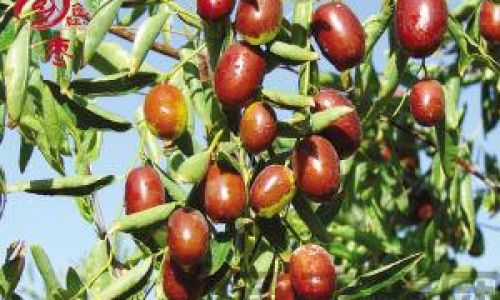
Before diving into the cooking process, it’s essential to have a basic understanding of jujubes. These fruits grow on trees and are typically harvested when they are fully ripe, characterized by their deep red color and slightly wrinkled appearance. Fresh jujubes can be eaten raw, but they are often dried to extend their shelf life and enhance their sweetness. Dried jujubes are the most commonly used form in cooking and herbal remedies.
Nutritionally, jujubes are a rich source of vitamins A, C, and B-complex vitamins, as well as minerals like iron, calcium, and magnesium. They are also known for their high fiber content and natural sweetness, making them an excellent choice for those seeking a healthier alternative to refined sugars. In traditional Chinese medicine, jujubes are believed to have various health benefits, including nourishing the spleen, improving digestion, and promoting a calm and relaxed state of mind.
Preparing Jujubes for Cooking
Before cooking jujubes, it’s important to prepare them properly. If you’re using dried jujubes, you may need to soak them in water for a few hours to soften them up. This step is particularly crucial if you plan to cook the jujubes for a longer period, as softened jujubes will cook more evenly and retain their shape better.
When soaking, use clean, cold water and ensure that the jujubes are fully submerged. Soaking time can vary depending on the size and dryness of the jujubes, but generally, 2 to 4 hours should suffice. Once soaked, drain the jujubes thoroughly and pat them dry if necessary. If you’re using fresh jujubes, simply rinse them under cold water to remove any dirt or debris.
Cooking Methods and Techniques
There are several ways to cook jujubes, each yielding a slightly different texture and flavor. The most common methods include boiling, steaming, and simmering. The choice of method will depend on the dish you’re preparing and the desired outcome.
Boiling Jujubes
Boiling is a straightforward method that works well for dishes that require a softer texture and more intense flavor extraction from the jujubes. To boil jujubes, start by filling a pot with enough water to fully cover the fruit. Bring the water to a rolling boil, then add the prepared jujubes.
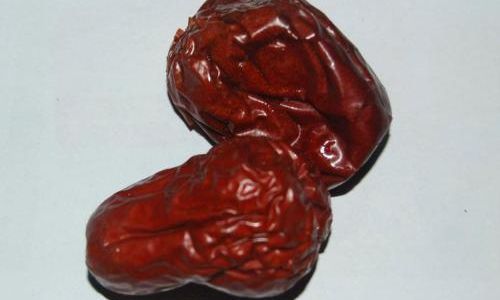
The cooking time for boiling jujubes can range from 15 to 30 minutes, depending on the desired texture. For softer, more mashed-up jujubes, cook for the full 30 minutes. If you prefer a firmer texture with a bit of chew, 15 to 20 minutes should be sufficient. Once cooked, drain the jujubes and use them immediately in your recipe or let them cool and store them for later use.
Steaming Jujubes
Steaming is a healthier cooking method that preserves more of the jujubes’ nutrients and natural flavors. To steam jujubes, you’ll need a steaming basket or rack and a pot with a tight-fitting lid. Fill the pot with a few inches of water and bring it to a simmer. Place the prepared jujubes in the steaming basket, making sure they are not overcrowded.
The cooking time for steaming jujubes is generally shorter than boiling, ranging from 10 to 20 minutes. Like boiling, the exact time will depend on the desired texture. For softer jujubes, steam for the full 20 minutes. For a firmer, more intact texture, 10 to 15 minutes should be adequate. Once steamed, remove the jujubes from the heat and let them cool slightly before using.
Simmering Jujubes
Simmering is a gentle cooking method that’s often used in soups, stews, and teas. It allows the jujubes to slowly release their flavors and nutrients into the cooking liquid, creating a rich and aromatic dish. To simmer jujubes, add them to a pot of already simmering liquid, such as broth, water, or tea.
The cooking time for simmering jujubes can vary widely, depending on the other ingredients in the pot and the desired outcome. As a general guideline, simmer jujubes for at least 30 minutes to an hour for maximum flavor extraction. If you’re preparing a soup or stew that requires longer cooking, the jujubes can simmer along with the other ingredients for the entire cooking time.
Adjusting Cooking Time for Different Dishes
The cooking time for jujubes will also depend on the specific dish you’re preparing. For example, when making a jujube tea, you may only need to simmer the jujubes for a few minutes to infuse the water with their flavor. On the other hand, when incorporating jujubes into a slow-cooked stew, they can cook for several hours along with the other ingredients.
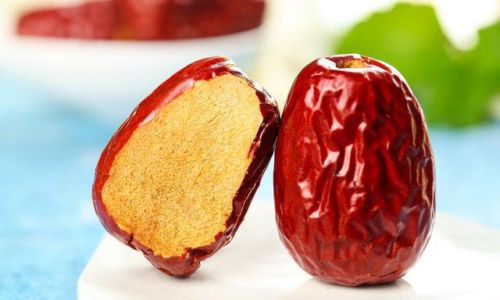
When cooking jujubes in dishes that require precise timing, such as desserts or quick-cooking soups, it’s essential to test the texture of the jujubes periodically. This will help you avoid overcooking, which can result in a mushy texture, or undercooking, which may leave the jujubes too firm and chewy.
Storing Cooked Jujubes
Cooked jujubes can be stored in the refrigerator for up to a week in an airtight container. If you plan to store them for longer, consider freezing them. To freeze, place the cooked jujubes in a single layer on a baking sheet and freeze until solid. Once frozen, transfer them to a freezer-safe bag or container. Frozen jujubes can be thawed overnight in the refrigerator or reheated directly from frozen in a pot of simmering liquid.
Conclusion
Cooking jujubes correctly is key to unlocking their full potential and enhancing the flavor and nutritional value of your dishes. By understanding the different cooking methods and adjusting the cooking time based on the desired texture and the specific dish you’re preparing, you can create a variety of delicious and nutritious meals that incorporate the unique benefits of jujubes.
Whether you’re making a soothing jujube tea, a hearty soup, or a sweet dessert, the perfect cooking time for jujubes will ensure that they contribute their rich flavor, vitamins, and minerals to your meal. So, the next time you reach for those dried or fresh jujubes in your pantry, remember to take the time to cook them properly. Your taste buds and your body will thank you!

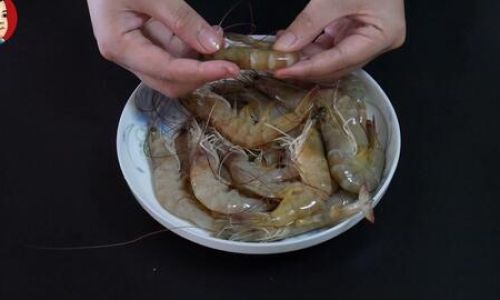
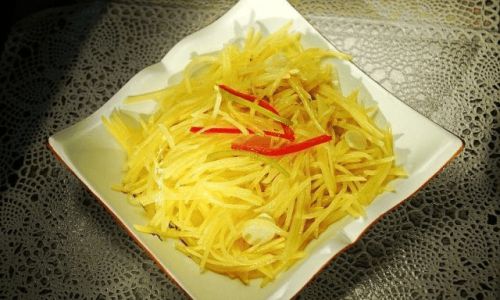
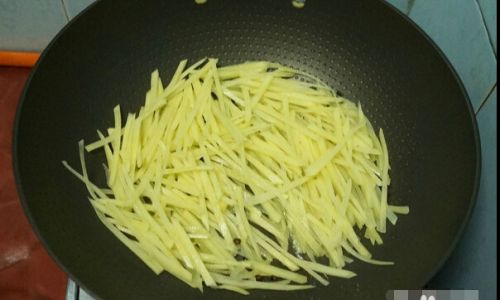
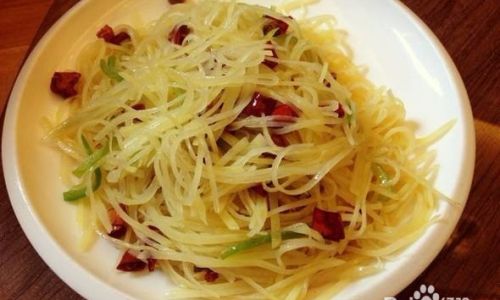
0 comments